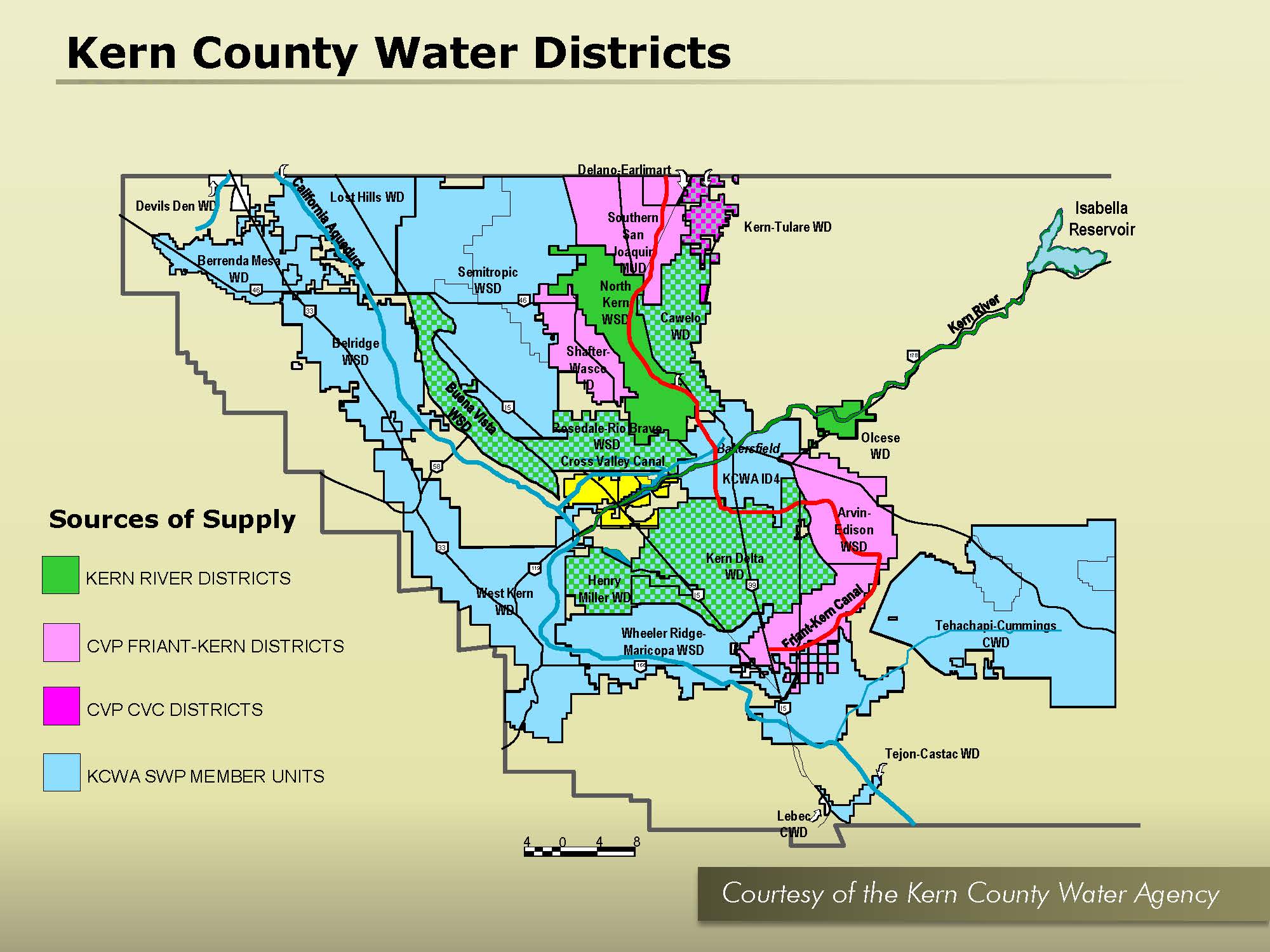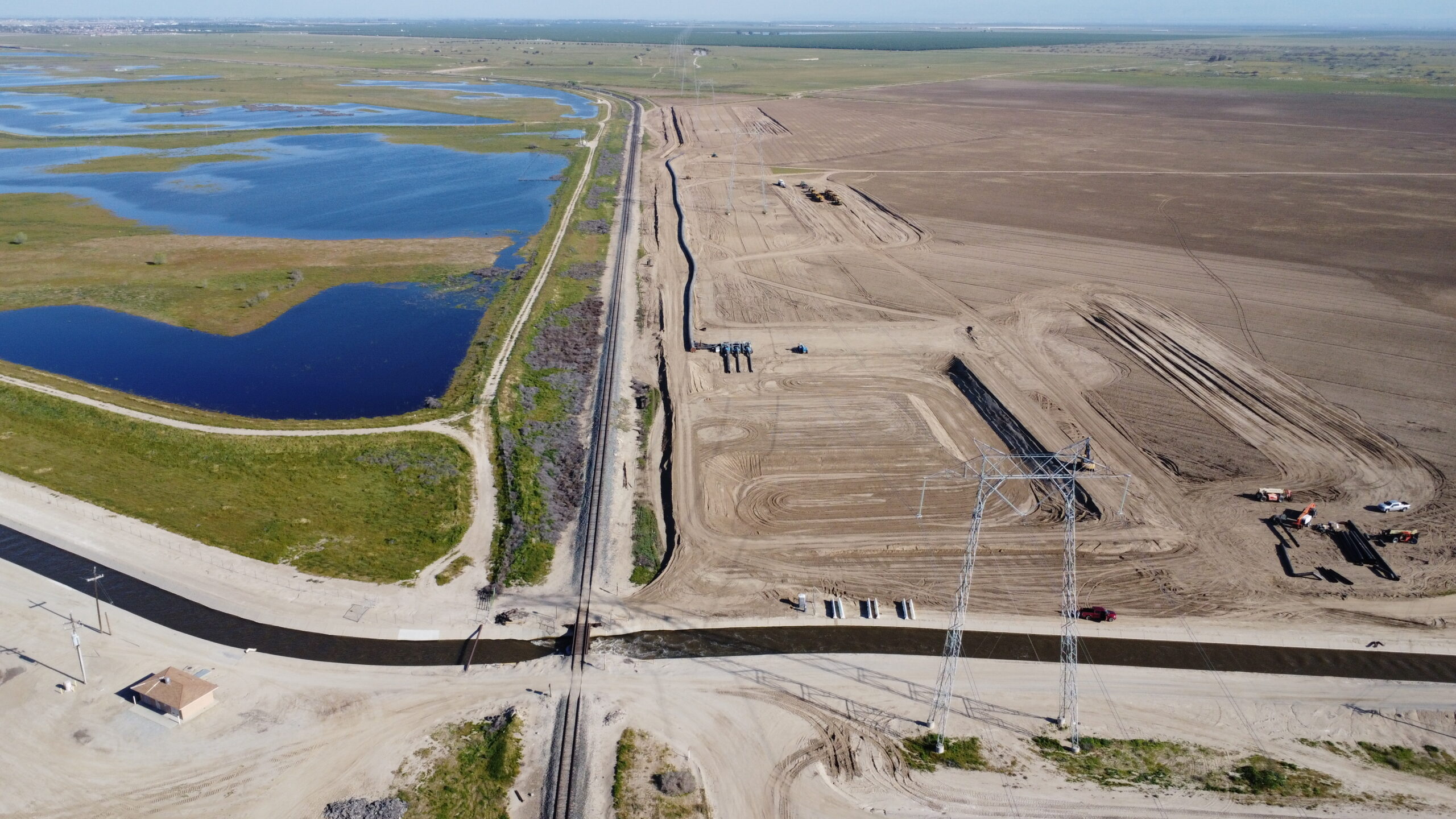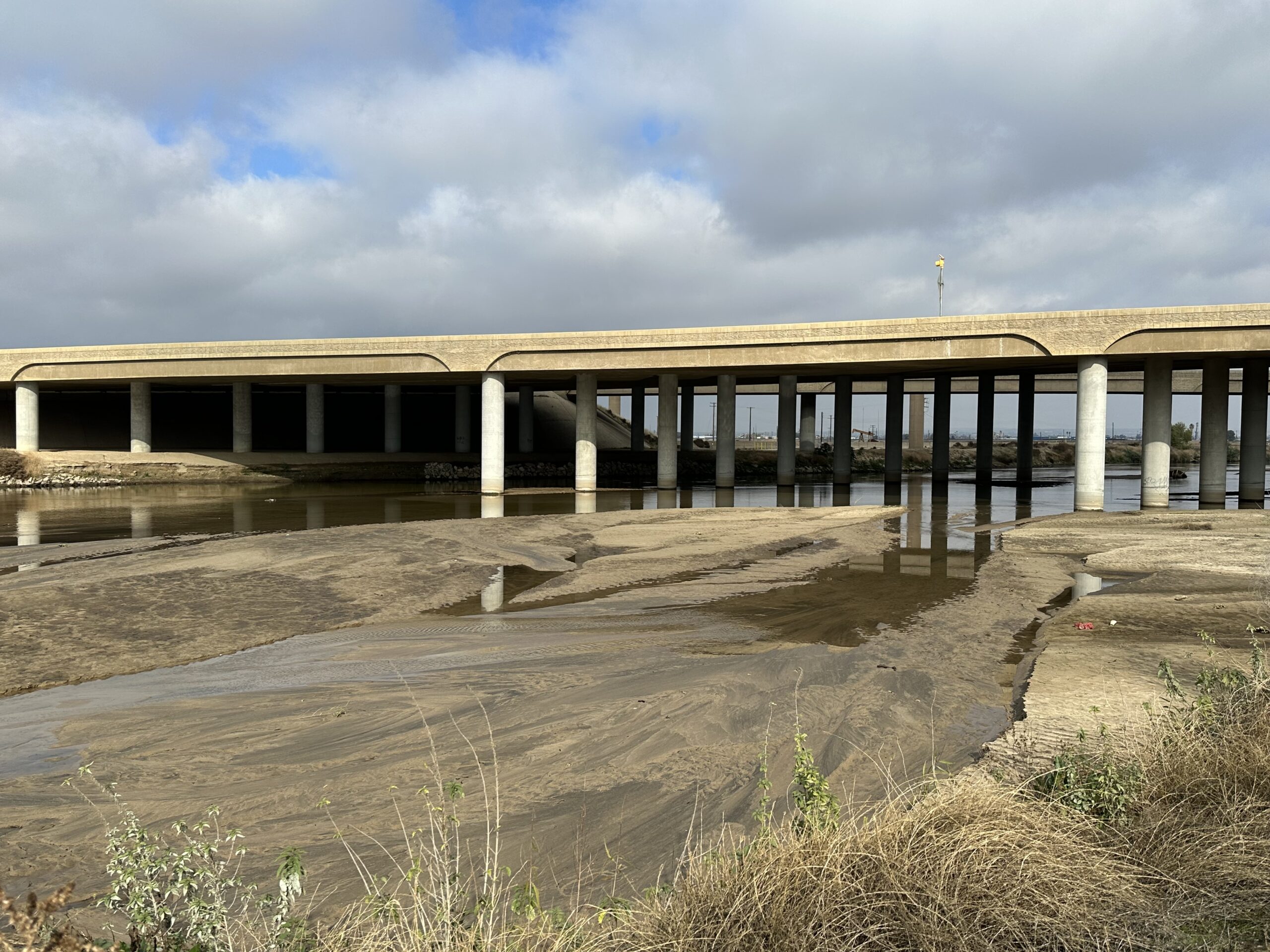The federal government has OKed a 20-year extension of a water exchange program for one Central Valley water district that another district says will illegally foul its water.
The Bureau of Reclamation billed the exchange program as a way to “optimize water supplies and reduce pumping impacts” by allowing a group of Westlands Water District farmers to pump groundwater into a small reservoir called the Mendota Pool for “credits” to retrieve water out of the San Luis Reservoir.
The James Irrigation District, which pulls from the Mendota Pool, says Westlands farmers are being allowed to pump in water that’s so salty it will make James’ water all but unusable. Meanwhile, Westlands farmers will get high-quality water for its crops.
The emerging fight over the water swap is another sign that California’s rivers, reservoirs and groundwater basins are bigger battlegrounds than ever as new pumping rules settle in.
The water exchange program does, indeed, generate more water for Westlands, said James Irrigation District General Manager Steve Stadler.
But Stadler said it puts his farmers’ crops at risk. He has already filed a notice of legal action over the issue with the Bureau, which approved the environmental impact report for the program Jan. 10.
Westlands approved the EIR at its board meeting Tuesday in Fresno over Stadler’s objections.
“The EIR before you concludes that water quality in the Mendota Pool is actually benefitted by your exchange program,” Stadler said at the meeting. “So, by pumping 1,600 TDS water into the Mendota Pool, that, per your EIR, is helpful to James Irrigation District.
“Well, quite frankly, we don’t need your help in that respect.”
Salt in the wound
He referred to a section of the EIR that allows water with up to 1,600 total dissolved solids (mostly salt) to be pumped into the pool from a number of pump-in points owned by the Westlands farmers, known as the Mendota Pool Group.
Water at 700 to 800 TDS is considered the “sensitive limit,” according to the University of California Cooperative Extension research.
The 1,600 TDS is the maximum allowed from each pump-in, or discharge, point and it would be blended with other water in the pool, according to the EIR. Meaning, James’ water wouldn’t reach 1,600 TDS.
Perhaps not, Stadler said. But James’ contract with the Bureau specifies the water it delivers is not to exceed an annual average of 450 TDS. The exchange program will blow past that limit, he said.
The Mendota Pool Group is made up of 11 Westlands farmers or farm entities. Combined, the group has about 100 wells dotted around the Mendota Pool. Stadler estimated the group has close to 40 discharge points into the pool.
For their part, Westlands and the Bureau contend the exchange program provides greater water quality protection for James and other districts at the south end of the Mendota Pool. The 1,600 TDS is significantly lower than what was allowed in past years, according to the EIR.
The document also increases water quality monitoring and reporting and it requires pumping to be reduced or stopped if water quality degrades, according to Westlands General Manager Tom Birmingham.
The exchange program doesn’t harm James farmers and creates a steady water supply for the Westlands farmers involved, Birmingham said.
That’s more important now than ever with the state’s new groundwater pumping measures set to phase in over the next few years.
“Twenty-five years ago, when a farmer went to see a banker, the last thing on the banker’s mind was water supply. Now it’s their first question,” Birmingham said. “This program and the duration of this program provides the farmer some certainty.”
And it’s not a free-for-all, stressed Michael Jackson, Area Manager for the Bureau.
Mendota Pool Group pumpers won’t get exchange credits for water that’s too salty, he said.
“If it’s crappy at the well-head, they don’t get credit for it so there’s no reason for them to pump it into the pool,” Jackson said.
Banshees at the pump
Jackson and Birmingham both pinned water quality issues on pumpers outside of the Mendota Pool Group who don’t have to adhere to the exchange program’s water quality rules.
Stadler didn’t buy that.
“The EIR assumes if you don’t have this program, there will be some hypothetical wild west scenario where everybody will pump into the pool like unregulated banshees, which is implausible,” he said at the Westlands meeting.
The amount of water pumped into the pool downstream is miniscule compared to the 25,000 acre feet a year pumped in by the Mendota Pool Group.
At this point, he added, the Bureau is allowing Westlands to regulate quality for federal water being delivered to James in violation of its contract.
Stadler wouldn’t comment on any potential lawsuits against Westlands.
Who’s in charge?
At the center of this bruhaha is the Mendota Pool, a kind of “no man’s land” that’s a linchpin for water movement within the federal Central Valley Project. The pool lies about 35 miles west of Fresno at the confluence of two rivers and a canal and holds about 3,000 acre feet of water.
No one is actually “in charge” of the pool. The Mendota Dam is owned and maintained by the Central California Irrigation District.
But unlike other reservoirs whose inflow, outflow and water quality are regulated by the Department of Water Resources, Army Corps of Engineers, Forest Service or even PG&E, there is no agency or entity in charge of Mendota Pool waters.
“In the pool, there aren’t any rules,” the Bureau’s Jackson said. “It doesn’t have any regulated criteria. There’s no watermaster of the pool.”
Even the state’s new CV-SALTS (Salinity Alternatives for Long-Term Sustainability) effort has no regulatory authority over Mendota Pool water and didn’t make any comments on this EIR. The Regional Water Quality Control Board will include the program for analysis in a study it’s preparing on salt issues in the Central Valley, according to a board spokesman.
Water pumped into the state-owned California Aqueduct or federal Delta-Mendota Canal has to be permitted and adhere to quality standards.
Not so in the Mendota Pool.
Any ground rules on water quality have all been established by lawsuits between pool users.
“Fuzzy” in the pool
That’s what happened in the 1990s when a group of water districts known as the San Joaquin River Exchange Contractors, which take their water out of the north end of the Mendota Pool, sued this same exchange program for degrading their water quality and causing subsidence beneath the Mendota Dam.
The settlement gives Exchange Contractors a number of protections including that Mendota Pool Group members can’t pump (and get credits for) more water than there are demands south of the pool.
“By virtue of geography and those agreements, that (high TDS) water doesn’t come north to us,” said Chris White, Executive Director of the Exchange Contractor Authority.
Though the Exchange Contractors weren’t opposed to the 20-year extension of the exchange program, they would prefer the pumping program not exist at all, according to Steve Chedester, Director of Policies and Programs for the Exchange Contractors.
Because James is at the far southern end of the Mendota Pool, Chedester thought it might be hard to pin water quality issues on the Bureau, which delivers water at the northern end of the pool through the Delta-Mendota Canal.
“If the Bureau is degrading the water, you have something to say about that,” Chedester said. “But if someone else is degrading it along the way, it’s tougher to pin down. Who polices it? It’s very fuzzy in the Mendota Pool.”
Share this:
- Click to share on Facebook (Opens in new window)
- Click to share on Twitter (Opens in new window)
- Click to share on LinkedIn (Opens in new window)
- Click to share on Reddit (Opens in new window)
- Click to share on Tumblr (Opens in new window)
- Click to share on Pinterest (Opens in new window)
- Click to share on Pocket (Opens in new window)
- Click to share on Telegram (Opens in new window)
- Click to share on WhatsApp (Opens in new window)
- Click to print (Opens in new window)






